Explore the dynamic world of sport lifestyle and recreation where fitness, fun, and well-being collide. This article dives into how sport influences our daily routines, builds social connections, and boosts mental and physical health. Discover how recreational activities shape a healthier, more balanced lifestyle and how you can integrate them easily into your routine.
Whether you’re into team sports, solo training, or outdoor adventures, sport lifestyle and recreation offer something for everyone. Start your journey toward a more active, energized life today with practical tips and real-life insights. Sport, lifestyle, and recreation are more than just healthy habits they are essential elements of a fulfilling life. This in-depth article explores how sport, lifestyle, and recreation support physical health, mental clarity, emotional balance, and stronger social connections through real human experiences.
Introduction: A Natural Rhythm of Life
Life today moves quickly. Our minds are full, our bodies are still, and our schedules often leave little room for ourselves. But through small, meaningful acts like a weekend swim, a morning walk, or a neighborhood soccer game we reconnect with something vital.
This is where sport, lifestyle, and recreation come in, not as obligations but as opportunities to nourish ourselves physically, mentally, and emotionally. From a human experience standpoint, these practices are less about structured routines and more about restoring balance. They are deeply personal yet universally relevant. Whether you’re an athlete, a busy parent, or someone simply seeking joy after a long day movement and recreation are part of what it means to live well.
Understanding Sport Lifestyle and Recreation

Sport lifestyle and recreation refer to the integration of physical activities, sports, and leisure pursuits into our daily lives to promote health, enjoyment, and social connection. This lifestyle goes beyond just staying fit it’s about embracing movement as a core part of personal well-being. From jogging in the park and playing weekend soccer to joining a fitness club or hiking with friends, these activities help reduce stress, build discipline, and enhance quality of life. Engaging in recreational sports fosters teamwork, mental resilience, and a deeper appreciation for balanced living.
The Transformative Power of Sports
Sports as Self-Discovery
Sports offer more than fitness. For many people, sports are where confidence is born and identities are shaped. A teenager might find purpose on the basketball court, while an adult may rediscover joy through weekend cycling. For others, learning a new sport in midlife opens doors to new communities and fresh motivation. What unites all of these experiences is the deep internal growth they bring. Sports teach resilience, discipline, and patience not through textbooks but through trial, error, and victory. The field, track, or court becomes a space of transformation.
Lifestyle: More Than Just a Routine
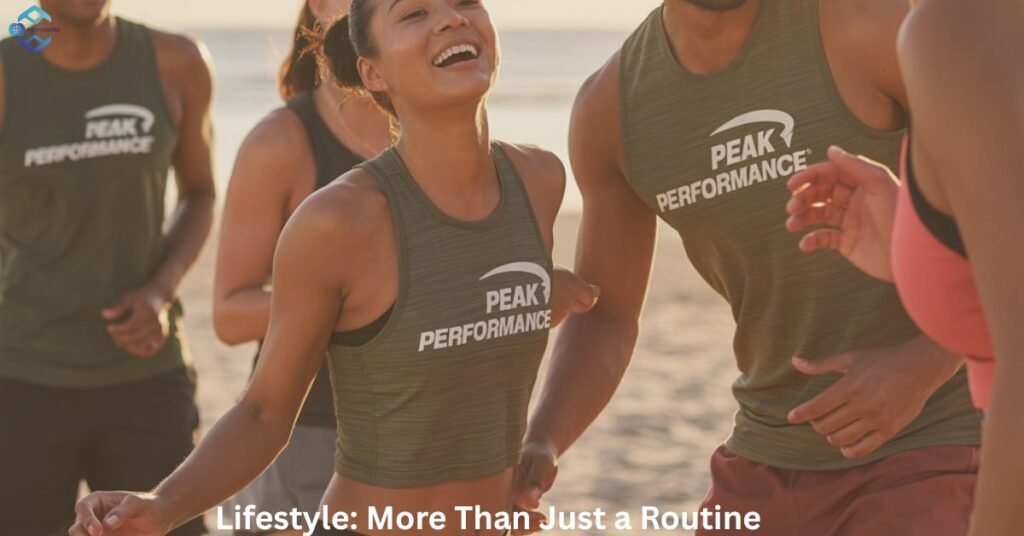
The Lifestyle of Movement and Mindfulness
An active lifestyle doesn’t have to be intense. It’s about choosing to include physical movement in your daily routine. Walking instead of driving. Taking the stairs. Stretching between work meetings. Dancing in the living room. Small choices like these create a rhythm of vitality. They support better sleep, reduce anxiety, and build momentum for positive habits.
Experts and everyday people agree: it’s not about doing more; it’s about doing what feels sustainable. Zainab, a new mom from Karachi, shares, “I started walking with my baby in the stroller every evening. It’s now the calmest part of my day. I breathe better, think clearly, and it gives us both fresh air.”
Emotional Well-Being Through Lifestyle Habits
When physical activity becomes a lifestyle, it naturally improves mental wellness. Regular movement helps regulate stress hormones, boosts endorphins, and creates a sense of control over one’s life. Whether you’re dealing with anxiety, work fatigue, or emotional burnout, an active lifestyle can be a deeply healing tool. People who stick to an active lifestyle often report increased productivity, a stronger sense of self-worth, and a positive attitude even during hard times.
Recreation: The Art of Intentional Joy
Recreation Is More Than Leisure—It’s Necessary
Recreation isn’t just a break from work; it’s part of a healthy cycle. It brings playfulness into adulthood, relieves mental pressure, and recharges our emotional batteries. Recreation includes hiking, playing games, crafting, gardening, or simply sitting in the park with friends.
These activities may seem simple, but they are powerful. They pull us into the present moment and away from the constant hum of stress. Ahmad, a university professor, explains: “I work long hours reading and lecturing. On Sundays, I fish with my brothers. It’s quiet, there’s no phone reception, and I return home with peace. That’s recreation to me.”
The Connection Between Play and Productivity
Interestingly, people who prioritize recreational activities are often more productive at work and home. Why? Because recreation resets the nervous system. It clears the mental fog, nurtures creativity, and helps us process emotional weight. Human experience shows that recreational habits aren’t a luxury they’re a strategy for better living. When recreation is consistent, burnout becomes less likely, and satisfaction grows in all areas of life.
Sport, Lifestyle, and Recreation: The Trio of Well-Being
The most meaningful benefits arise when these three elements are woven together. Someone who plays sports regularly tends to develop an active lifestyle. This, in turn, creates space for leisure and recreation. Together, they form a triangle of strength, rest, and joy.
Let’s consider real-world examples:
- Aamina, a school teacher, uses dance as both a fitness routine and stress reliever. She also leads a weekend yoga group that has become her social circle.
- Omer, a banker, plays cricket once a week. His participation keeps him disciplined during the week and mentally relaxed afterward.
- Fatima, a graphic designer, hikes alone every Saturday. This solo recreation is her time for reflection and inspiration, feeding both her personal peace and creative output.
These stories show us that you don’t have to choose between productivity and pleasure, health and happiness you can integrate all of them.
The Role of Community in Active Living
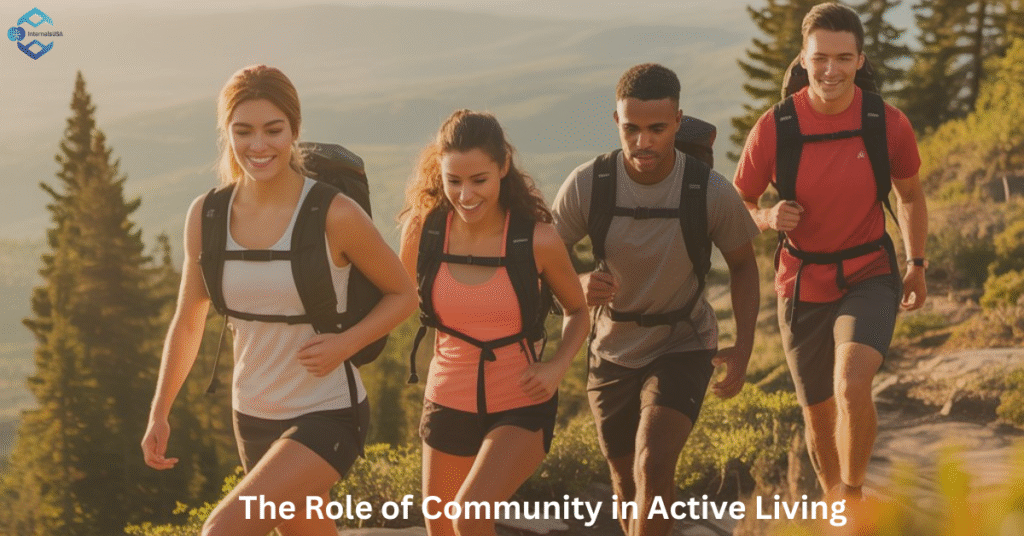
Creating Support Systems Through Shared Activities
Participating in group sports or recreational classes often leads to strong social networks. These spaces offer encouragement, accountability, and a sense of belonging. For many, this community becomes a second family. In cities and villages alike, local sports clubs, gyms, and recreation centers are essential pillars of mental and physical health.
How Families Build Bonds Through Recreation
Recreation also strengthens family ties. Parents who play games with their children, go camping together, or participate in weekend park outings often report better emotional communication and mutual respect. These shared activities break digital walls and invite natural conversation. The modern family, often separated by screens and schedules, finds in recreation a common language of laughter, learning, and love.
FAQs About Sport, Lifestyle, and Recreation
How do I start incorporating an active lifestyle without feeling overwhelmed?
Begin with small, enjoyable activities—like walking, light stretching, or playing with your kids. Choose what feels sustainable rather than intense. Consistency is more important than quantity.
Can I benefit from sports even if I’m not naturally athletic?
Absolutely. Sports aren’t just for athletes. Even casual participation builds confidence, coordination, and emotional well-being. It’s about effort, not performance.
Is recreation really that important in adulthood?
Yes! Recreation reduces stress, increases creativity, and supports mental clarity. It allows adults to recharge and approach responsibilities with renewed energy.
How does recreation support emotional health?
Recreational activities promote relaxation, reduce cortisol levels, and give the mind a break from structured thought. This improves emotional resilience and coping skills.
What’s the ideal balance between sport, lifestyle, and recreation?
There’s no one-size-fits-all. The ideal balance is personal. Aim for physical activity (sport), healthy daily habits (lifestyle), and joyful leisure (recreation) throughout your week in ways that suit your energy and schedule.
Conclusion
The harmony of sport, lifestyle, and recreation gives life a sense of rhythm and renewal. It’s not about strict plans or perfect routines it’s about honoring your body and spirit through movement, rest, and joy. People around the world, across different cultures and stages of life, find balance and healing through these experiences.
Whether it’s a quiet walk or a competitive game, a dance class or a picnic, these acts shape a healthier, more meaningful existence. So the question isn’t if you should engage in sport, lifestyle, and recreation it’s how. How can you fit them into your life in a way that feels natural, nourishing, and sustainable? Start small. Choose joy. Be consistent. Because a fulfilled life isn’t built in giant leaps it’s crafted through everyday moments of intention, movement, and connection.
Also Read
How Do Changing Seasons Affect Our Lifestyle? A Human-Centric Perspective
Grace Fashion: A Journey Through Elegance and Everyday Confidence
Gothic Fashion Dresses: A Deep Dive into Elegance, Rebellion, and Dark Romance
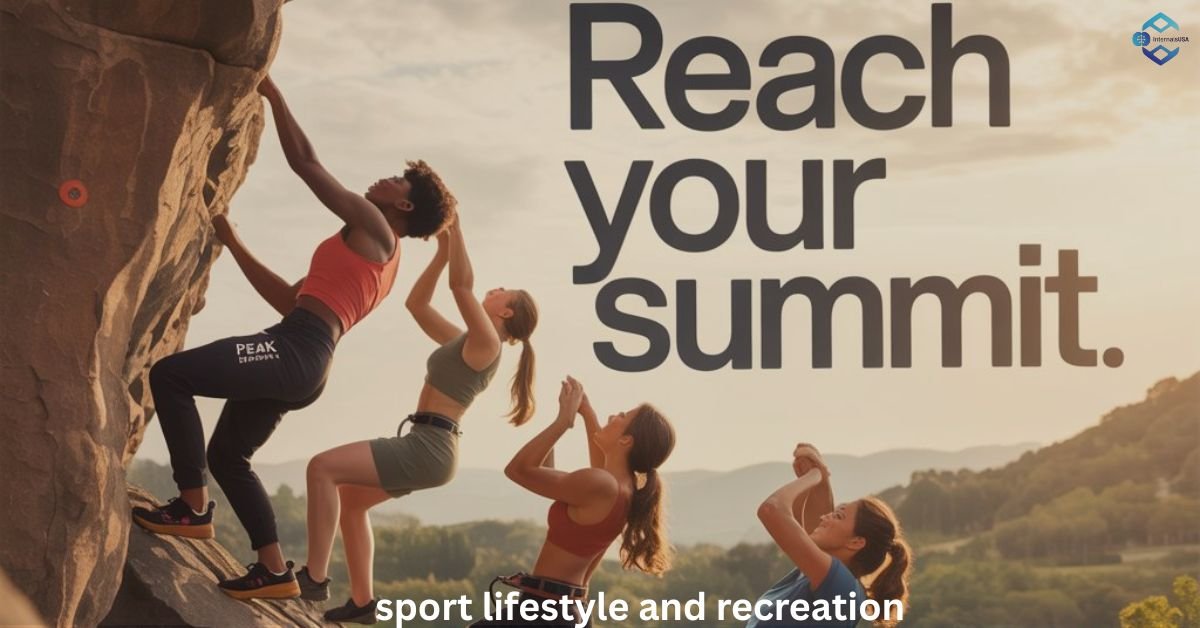



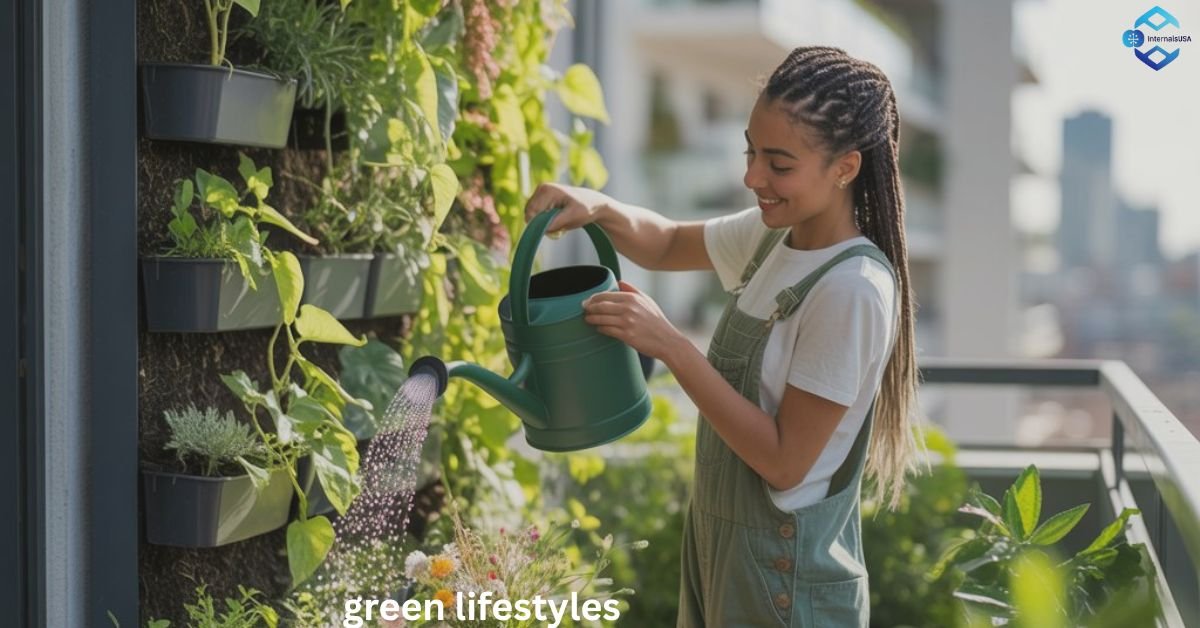
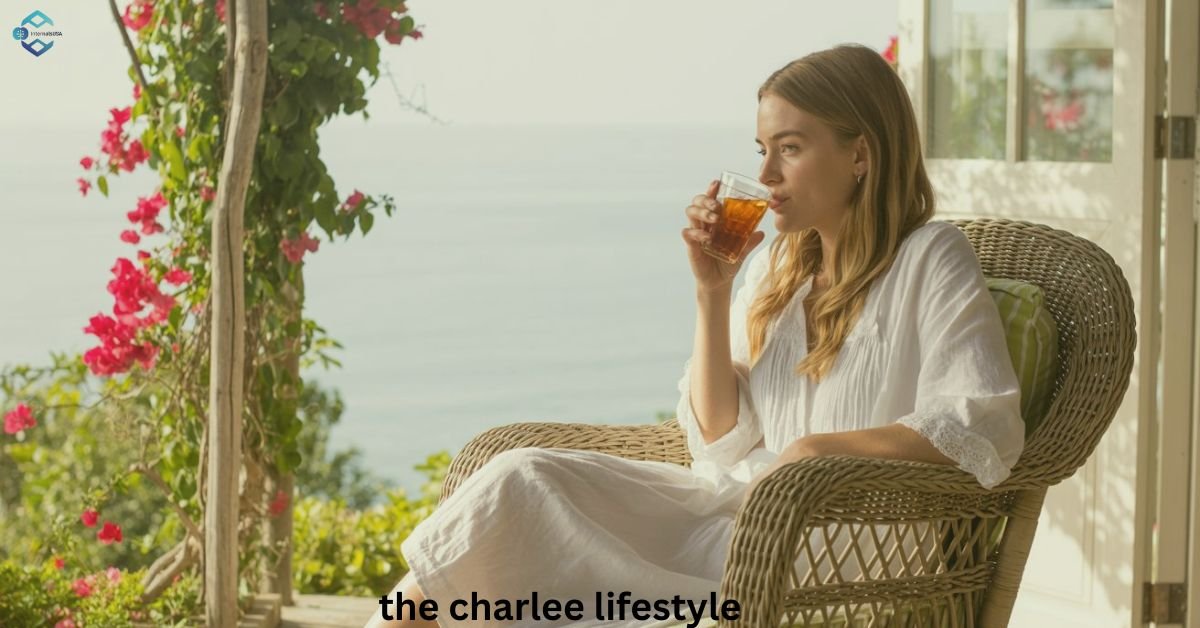


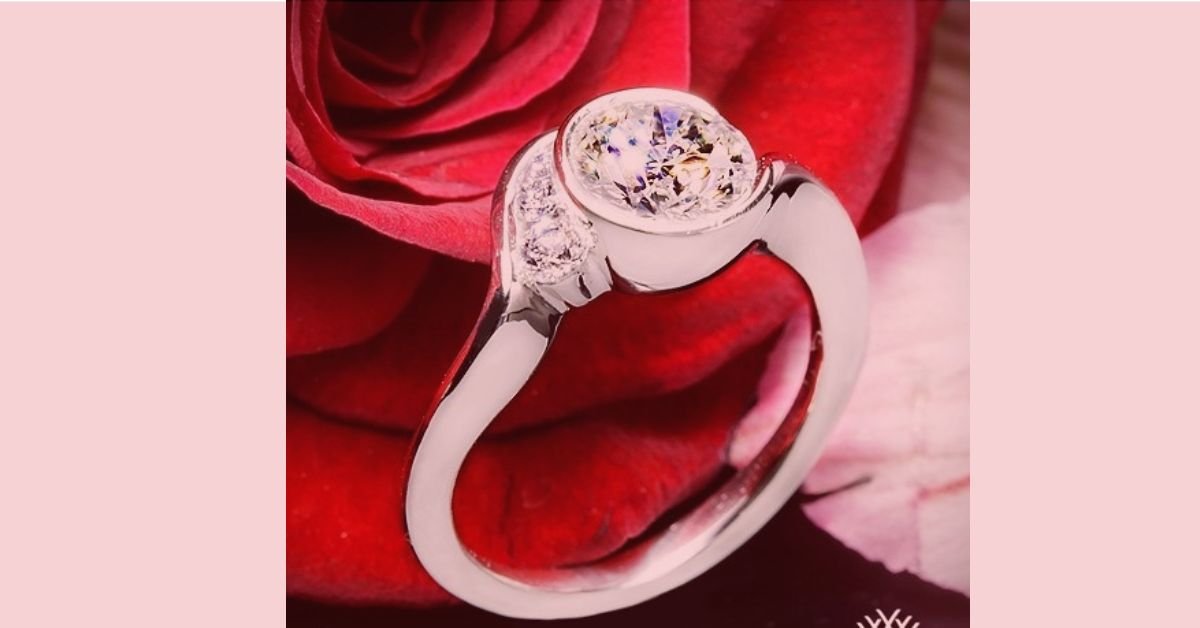
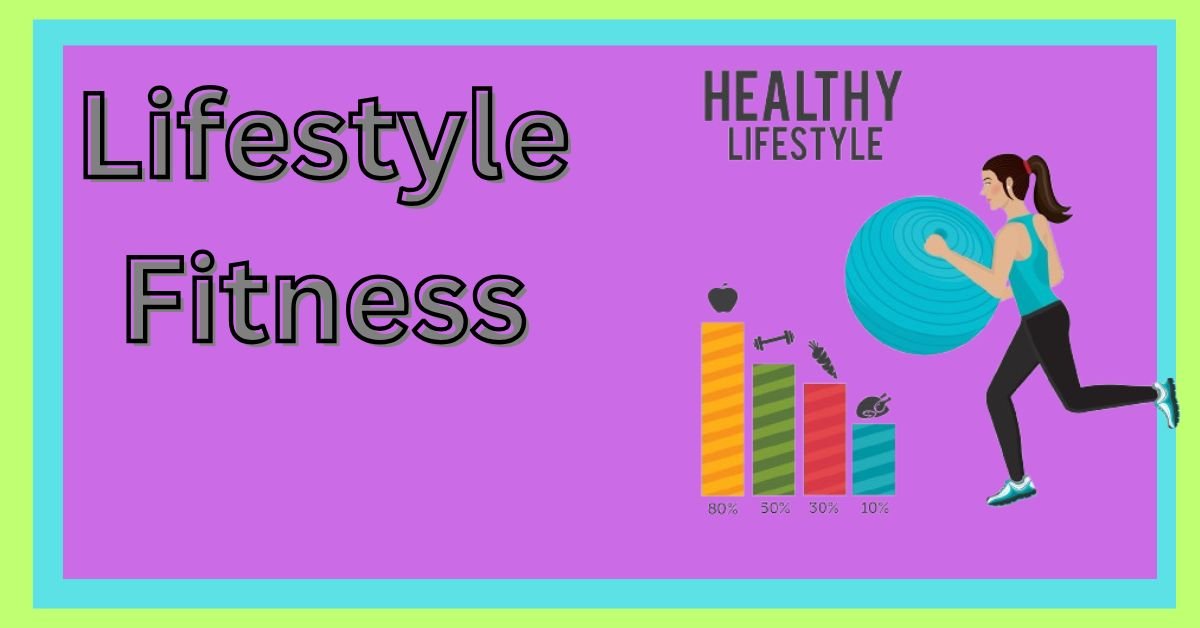



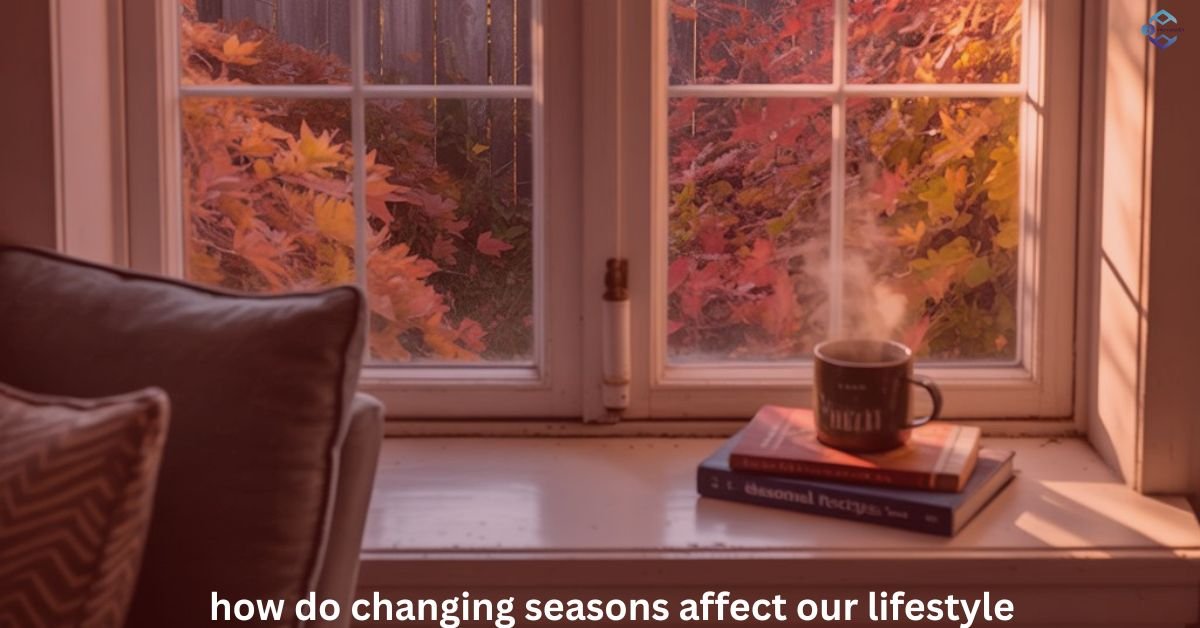

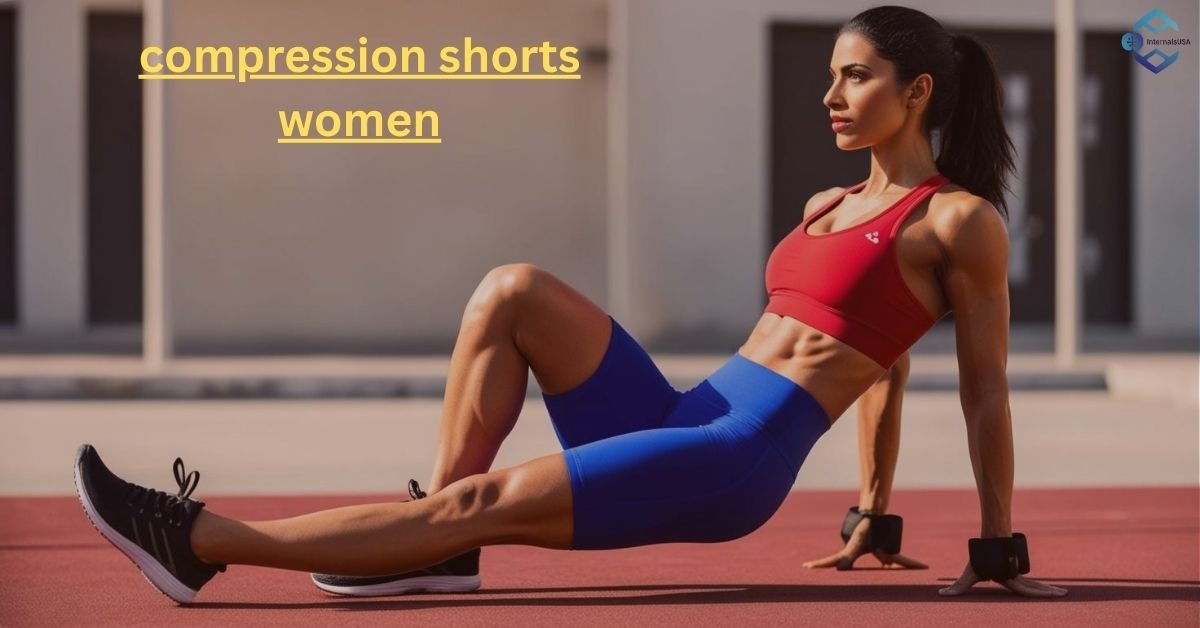
Leave a Reply